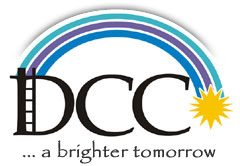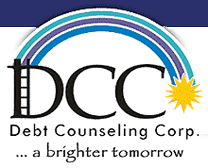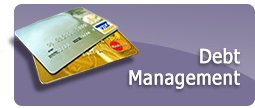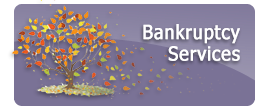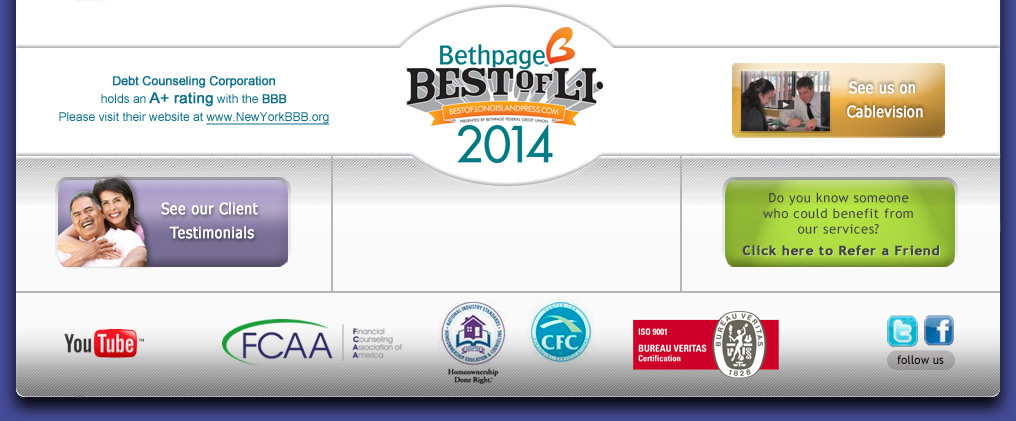Make Sense of Your Credit Card Statement
|
Name: |
Account Number 1234 9876 4321 6789 |
Statement Date Jan 28 |
Payment Due Date |
|
Credit Line |
Available Credit |
New Balance |
Minimum Payment Due |
|
Previous Balance |
Purchases |
Payments |
Finance Charge APR $0.00 18% |
|
TRANSACTION NUMBER |
DATE |
DESCRIPTION |
AMOUNT |
| 179 | JAN 2 | Pathmark | 109.57 |
| 180 | JAN 6 | Mobil | 166.50 |
| JAN 10 | Payment | 1000.00 | |
| 181 | JAN 13 | Target | 181.02 |
| 182 | JAN 16 | CVS | 195.59 |
A credit card statement can be extremely confusing, especially the first time you look at it. All of the credit card terms are unmasked below.
NAME: Make sure that your name matches the one on the credit card statement.
ACCOUNT NUMBER: Ensure that the account number on the credit card statement matches the number on your credit card.
STATEMENT DATE: This is generally the date that your statement ends on. In this example, this statement represents all spending on this credit card from December 28 through January 28.
PAYMENT DUE DATE: This is the date that your payment needs to be made to the credit card agency. In this example, the payment must be received by the credit card company by February 10. It is best to send your payments as soon as you receive the bill to avoid late payments.
CREDIT LINE: This is the amount of credit that has been extended to you. In this example, John Doe is permitted to spend $11,000.00 on his credit card. If you spend more than your credit line permits, you will be charged over the limit fees.
AVAILABLE CREDIT: This is amount of credit available. It is calculated by subtracting the new balance from the credit line. In this example, John Doe spent $652.68. So, he has $10,347.32 in available credit.
NEW BALANCE: The entire amount you spent in the billing cycle and the amount of money you owe to the creditor.
MINIMUM PAYMENT DUE: You owe the credit card company at least this amount per month. It is best to pay as much above the minimum as you can.
PREVIOUS BALANCE: The credit card balance from the previous month.
PURCHASES: The total cost of items bought during the billing cycle.
PAYMENTS: The amount you paid the previous month.
FINANCE CHARGE and Annual Percentage Rate (APR): A fee charged for the privilege and convenience of using credit. This generally refers to your interest rate, but also includes fees charged for cash advances. APR refers to the interest charged over the year if you carry a balance from month to month. In this example, the APR is 18%, so you will be charged a monthly interest rate of 1.5% (18%÷ 12). The lower your APR, the less money you will be charged in fees. AVOID THESE CHARGES by paying your credit card bill in full and on time each month.
Carefully examine your credit card statement every month. Ensure that your records of what you spent are identical to the statement. If they are not correct, contact the credit card company immediately.
*Remember to send your payments in well in advance of the due date to ensure that your payment will be received on time. Make sure your payment is at least the minimum required or you will begin to incur fees. If you have multiple credit cards, they may all have different due dates so make sure you are alert to the different dates. When you mail your payment don’t forget to insert the perforated top portion of the credit card statement in with the check.*
This is a secure website - your information will be encrypted. Click on the image below for more security information.
